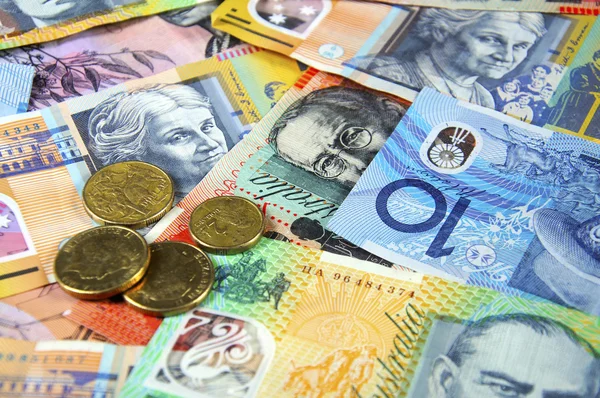Australian dollar strengthened as the US dollar fell.
The Australian Dollar (AUD) extends its winning streak for the third consecutive session, having recovered from yearlong lows on Monday. The AUDUSD pair continues to rise due to a weaker US Dollar (USD), which could be ascribed to economic data issued by the United States (US) on Friday. Furthermore, the Reserve Bank of Australia (RBA) is expected to boost policy rates at its November 7 meeting.
Retail Sales in Australia s.a. (MoM) for September startled the market by being much higher than both the market consensus and the previously recorded level. Australia’s Consumer Price Index (CPI) increased in the third quarter of 2023, topping the increase seen in the second quarter. This increased inflation scenario increases the chance of the Reserve Bank of Australia (RBA) raising interest rates by 25 basis points at its forthcoming policy meeting on November 7.
The US dollar was put under pressure following Friday’s modest Core PCE Price Index report.
Following recent setbacks, the US Dollar Index (DXY) is attempting to regain lost territory. The US dollar hit a snag in September when the Core Personal Consumption Expenditures Price Index (YoY) fell.
However, the monthly figures reflected an expected rise. The University of Michigan Consumer Index outperformed forecasts, however The US Dollar has not received a beneficial twist. This demonstrates that the market expects no interest rate adjustments at the upcoming Federal Open Market Committee (FOMC) meeting.
Daily Market Movers: The Australian Dollar gains strength against the US Dollar, while the RBA raises interest rates.
Retail Sales s.a. (MoM) in Australia were 0.9% in September, much higher than the market consensus of 0.3% and 0.2% earlier.
Australia’s Producer Price Index (PPI) fell slightly to 3.8% year on year in the third quarter (Q3), down from 3.9% in the previous quarter. The nation’s PPI jumped to 1.8% on a quarterly basis, a significant increase from the prior estimate of 0.5%.
Consumer Price Index (CPI) in Australia reached 1.2% in the third quarter of 2023, exceeding the previous quarter’s 0.8% increase and the market consensus of 1.1% in the same time.
In October, Australia’s S&P Global Composite PMI fell to 47.3 from 51.5 the previous month. The Manufacturing PMI fell slightly to 48.0 from 48.7 the previous month, while the Services PMI fell into contraction zone, falling to 47.6 from 51.8 the previous month.
The RBA of Australia has voiced increased concern about the inflationary implications of supply disruptions. Michele Bullock, Governor of the Reserve Bank of Australia, stated that if inflation remains above projections, the RBA will consider response policy actions. There is a discernible slowing in demand, while per capita consumption is increasing. on the decline.
The US Core Personal Consumption Expenditures Price Index (YoY) fell to 3.7% in September from 3.8% the previous month. The monthly index, on the other hand, increased to 0.3%, as expected, from 0.1% previously.
The University of Michigan Consumer Index surpassed expectations in October, posting a figure of 63.8 instead of the projected 63.0.
US Gross Domestic Product (GDP) Annualized increased by 4.9%.
The preliminary US Gross Domestic Product (GDP) Annualized increased by 4.9% in the third quarter, a significant rise from the previous estimate of 2.1% growth and beyond the market expectation of 4.2%. However, there was a decrease in US Core Personal Consumption Expenditures in the third quarter, falling to 2.4% from 3.7% earlier.
Investors will pay close attention to the ADP Employment Change in the United States.









